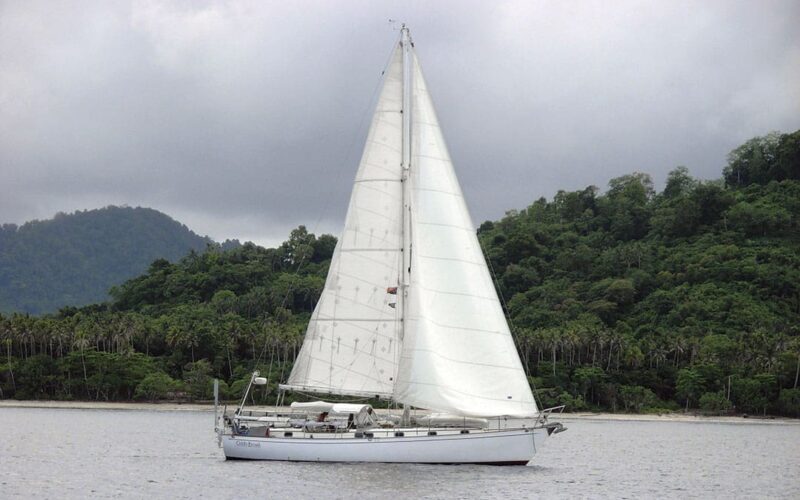It was dark with a dimensionless blackness that comes at sea on a starless, humid night. Oddly Enough’s stern faced swells and rising wind. We’d been meeting them head-on an hour earlier when we left the breakwater that sheltered the harbor at Samana on the east side of the Dominican Republic. They had been the cause of our turning back instead of plowing eastward to the Mona Passage. We couldn’t see, just feel them. The blanket of black meant nothing reflected back at us, and like most of the islands we had visited, navigational marks were far apart and their…
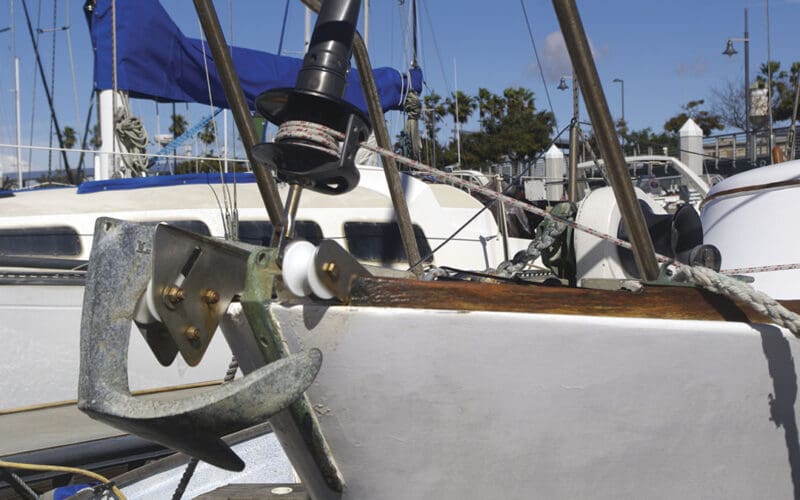
This article is intended to be your annual checklist. If this is the first time you have inspected your ground tackle, then it will very likely require much more than an inspection. Ground tackle includes your anchor, rode (chain/rope) and windlass with its accessories. Before relaunching or setting out for your first cruise of the new year, invest some time in inspecting your ground tackle and performing any maintenance and repairs that will ensure you will less likely suffer any failures and will sleep well at night. Your primary anchor: if it is a one-piece design, simply look carefully for…
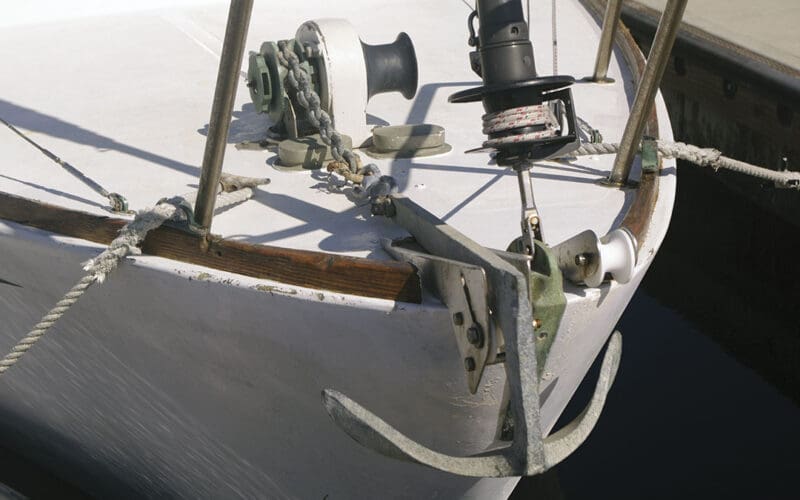
Every ocean-going vessel needs to have a dependable anchor windlass to take the hard work out of deploying and retrieving the anchor. We can choose between a traditional manual windlass or a modern electric model capable of handling extreme stresses in every type of anchoring situation. Despite what you may have heard about manual windlasses, operating one does not require super-human powers. Quite to the contrary, a manual windlass is designed to make the job of raising the anchor easy, eliminating the strain you would otherwise endure by pulling up the hook and chain with your bare hands. For…
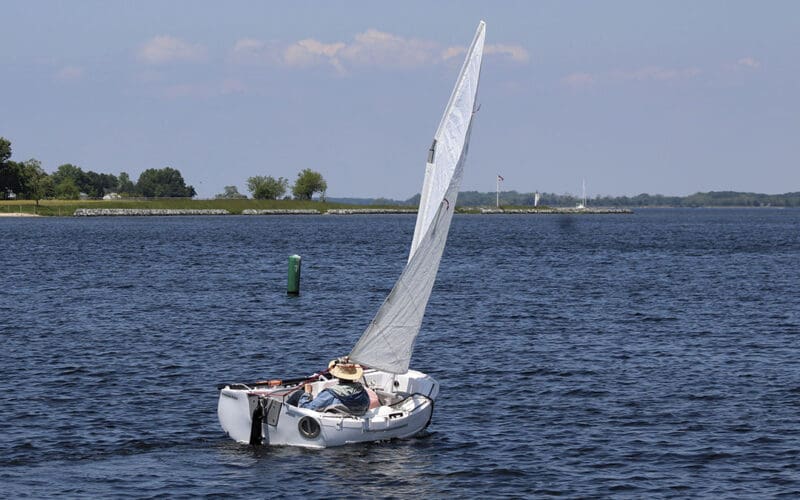
Once we leave sight of land on our offshore sailing adventures, there is always a question looming over us: what if we hit something and have to abandon ship immediately? While the odds of this happening are infinitesimally small, we’ll sleep better if we have a solid, dependable lifeboat we can jump into for survival. The Portland Pudgy, manufactured in South Portland, Maine, is a top-quality, multi-purpose dinghy designed with both comfort and stability in mind, especially for rough conditions. This is a dinghy you can sail, row or motor, covering a lot of bases for avid offshore and coastal…
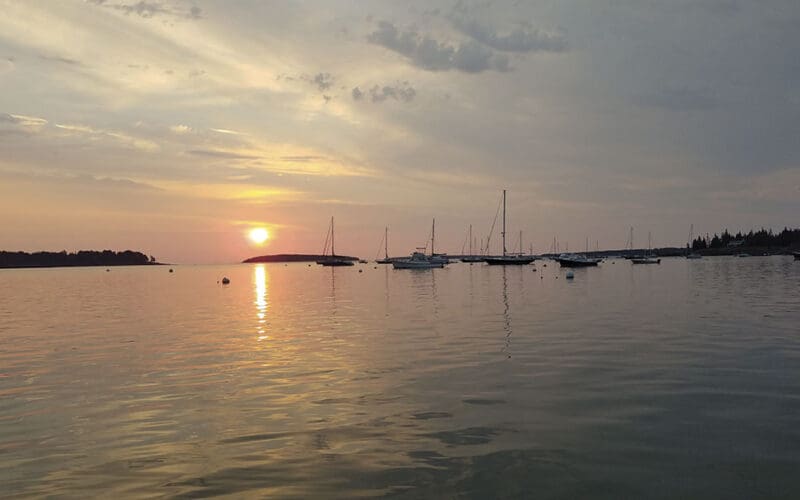
The last night of a summer cruise is bittersweet. Food lockers are diminished, dirty clothes exceed the clean, and there’s relief in not having to choose another safe harbor for the night, but the freedom from land cares also soon will end. For Tom and me on Ora Kali, returning home means a final sail out of the Gulf of Maine and into sheltered Frenchman Bay. On the last morning of last year’s cruise to Penobscot Bay and back, we dropped the mooring at Southwest Harbor at 0945 with just a few high clouds, wildfire haze obscuring the heights on…
1. What is the GMT? 2. The captain observes the sun with an Hs of 12° 30.’ Find the HO. 3. Calculate LHA. 4. Using HO249, Volume 3, calculate intercept LOP. Then plot estimated position. 1. GMT is 20:15:59. 2. HO is 12° 37.7’. 3. LHA is 62°. 4. Intercept is 36.3 nm away at 244°. Estimated position is N 46° 24’ by W 58° 14’.
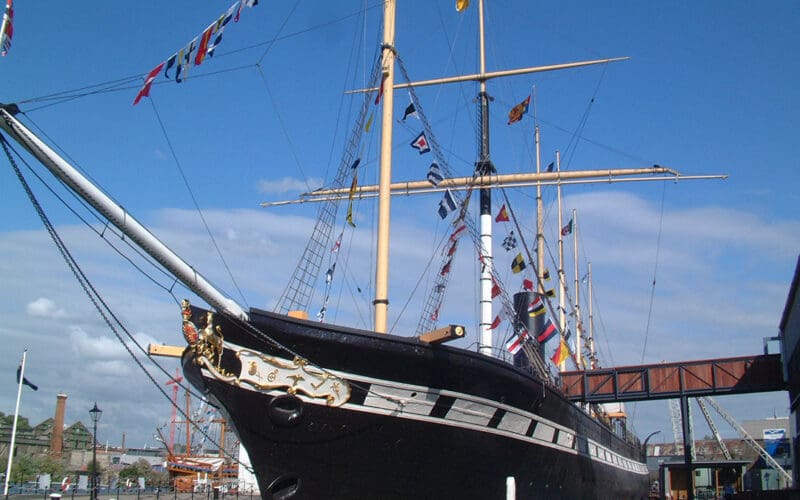
After the success of Great Western (ON issue 288), Isambard Kingdom Brunel set his sights on an even larger ship, Great Britain, which from 1845 to 1853 was the largest passenger ship ever built at 322 feet LOA. Brunel, an innovator, took radical design leaps as the Great Britain was the first ship to be built of iron and was the first ship to be outfitted with a screw propeller. The ship became the template for all future ship-building construction and was the very first iron, sail-assisted steam vessel to cross the Atlantic. Great Britain was so big that a…
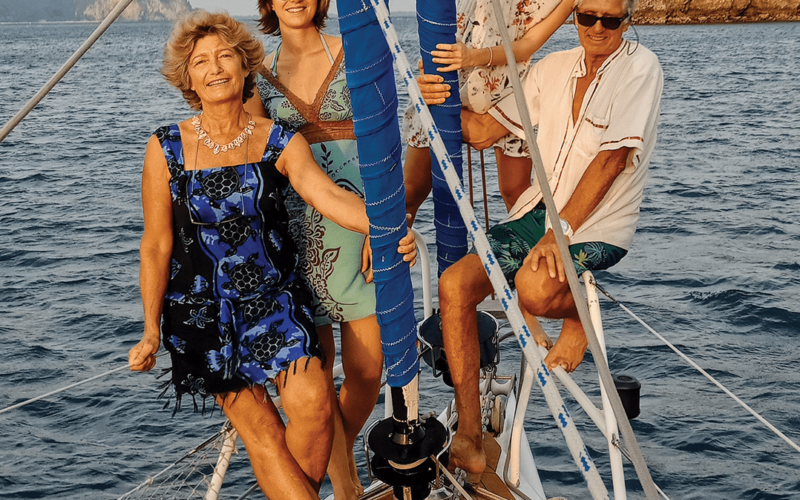
Corinne Gau-Tchekov and Michel Gau voyage aboard their Alliage 49 aluminum monohull, Ganesh. They left France in 2011 after Michel’s retirement and have been sailing around the world on a six-month-at-sea/six-month-on-land rhythm, leaving Ganesh in various boatyards along the way. Having crossed the Atlantic and Pacific oceans, then cruised for six years in Southeast Asia, they are currently in Malaysia, almost ready to cross the Indian Ocean. Corinne and Michel have been married for 37 years, and they started sailing in 1987, just after the birth of their first daughter, Marina. In 1990, they took a sabbatical year on their…

There is nothing quite so discouraging as finding your outboard motor won’t start after a period of non-usage, or even worse, after arriving in a new port with our anticipation of dinghying ashore to do some exploring. We have all been there, cursing at our non-functioning motors as we slowly row off while our crew pretends they aren’t noticing. Don’t be Fuelish However, there are a few simple things you can do to avoid outboard despair. The basic requirements of any gasoline-powered internal combustion engine are clean fuel, clean air and a good spark at the right interval. Of course,…
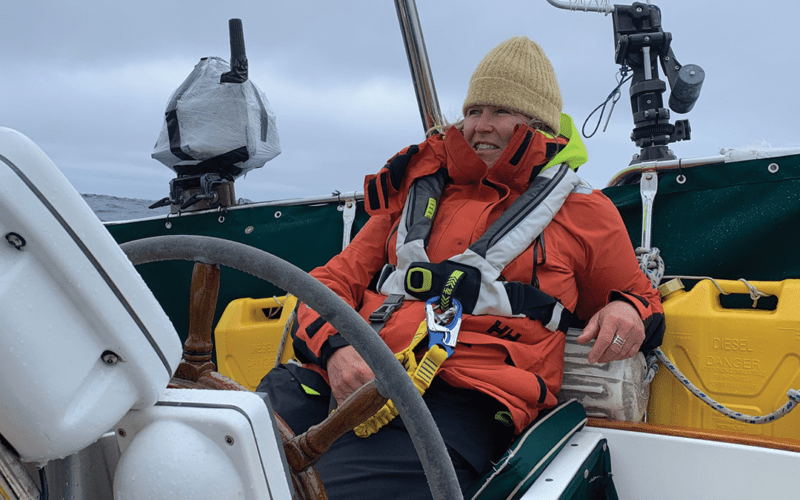
No less an authority than Don Street claims the first vane steering appeared in the 1930s on model sailboats such as ply the ponds of Central Park. In his 1973 classic, The Ocean Sailing Yacht, Street writes that not until 1955 was vane steering fitted on yachts in the servo-pendulum form invented by Colonel H.D. “Blondie” Hasler, who, Street writes, “should probably be regarded as the father of the vane self-steering gear.” There are two fundamental types of vane self-steering, servo-pendulum and auxiliary rudder. In servo-pendulum steering, a windvane links to a paddle immersed in the water. When the yacht…

